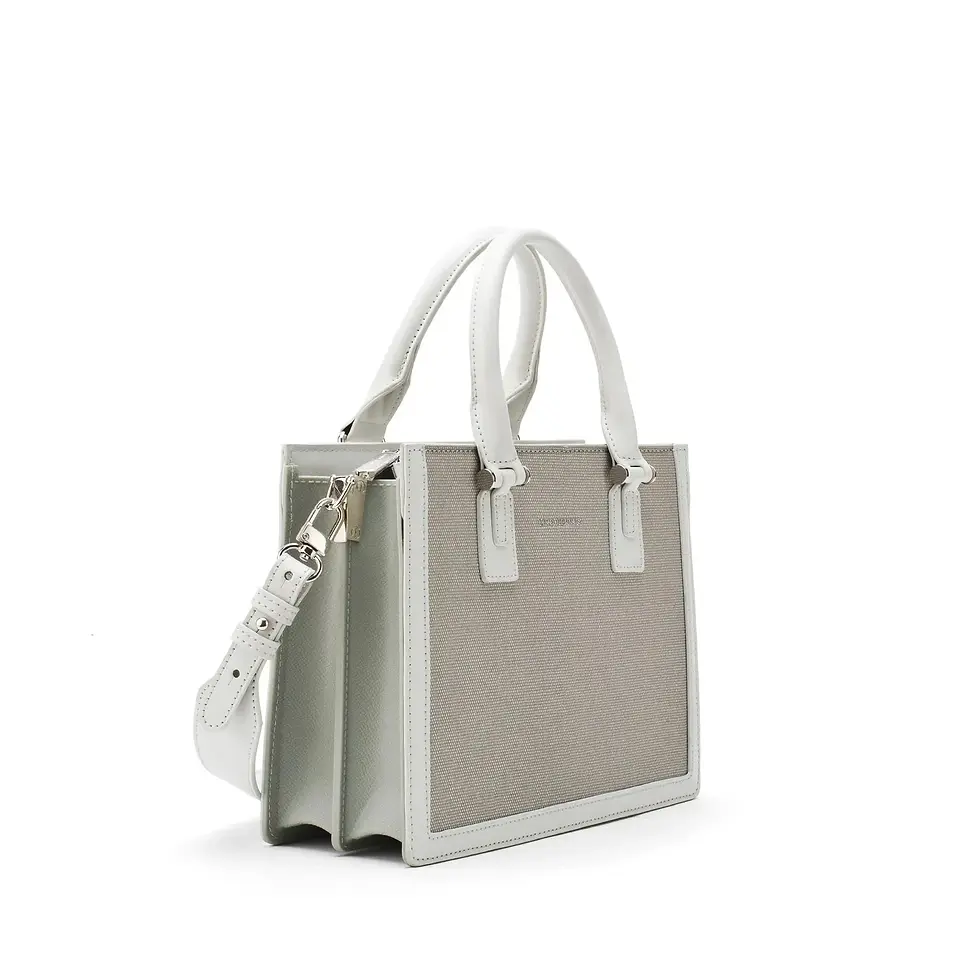Natural Remedies vs. Medical Treatments for Tubal Blockages: What Works?
- creative9blogs
- Apr 15
- 4 min read

For women trying to conceive, a blocked fallopian tube can feel like an invisible wall. While often silent, these blockages are a significant cause of infertility. The path to resolution isn’t always clear-cut, with options ranging from holistic remedies to surgical procedures. Understanding both ends of the spectrum is key to making empowered, well-informed decisions about tube block treatment and long-term reproductive health.
What Are Fallopian Tube Blockages?
Fallopian tubes are narrow ducts that connect the ovaries to the uterus, essential for egg transport and fertilization. A blockage impedes this passage, effectively preventing conception.
Common Causes of Blocked Fallopian Tubes
Pelvic Inflammatory Disease (PID): Often triggered by sexually transmitted infections, PID can cause scarring and adhesions.
Endometriosis: Misplaced endometrial tissue can wrap around or block the tubes.
Ectopic Pregnancy: A history of ectopic pregnancies can damage the fallopian structure.
Surgery or Trauma: Abdominal surgeries, particularly near reproductive organs, may result in adhesions or scarring.
Symptoms and Diagnosis
Many experience no symptoms. When present, signs may include pelvic pain, irregular periods, or infertility. Diagnosis typically involves imaging such as an HSG (Hysterosalpingogram), ultrasound, or laparoscopy.
The Role of Fallopian Tubes in Fertility
These slender tubes play a pivotal role in natural conception. They capture the released egg, provide the site for fertilization, and guide the zygote to the uterus. Blockage at any point in this process can significantly reduce or nullify the chance of pregnancy, making tube block treatment a vital consideration for hopeful parents.
Natural Remedies: Exploring the Holistic Path
Natural remedies for tubal blockages are rooted in traditions and anecdotal success, though scientific support varies.
Castor Oil Packs
Applied to the lower abdomen, castor oil packs are believed to increase circulation and reduce inflammation. The ricinoleic acid in castor oil is thought to promote healing and soften tissue adhesions.
Abdominal or Fertility Massage
These targeted massages aim to break up adhesions and increase blood flow to reproductive organs. Techniques such as Mercier Therapy or Arvigo Maya Abdominal Therapy are particularly popular among holistic practitioners and some fertility clinic wellness programs.
Herbal Therapies
Herbs like Dong Quai, Goldenseal, Ginger, and Turmeric are reputed to reduce inflammation, balance hormones, and stimulate circulation. These should be used with professional guidance to avoid interactions and overuse.
Enzyme Therapy (Systemic Enzymes)
Systemic enzymes such as Serrapeptase and Nattokinase are taken to help reduce scar tissue and inflammation systemically, potentially aiding in breaking down fibrous blockages.
Dietary Changes and Lifestyle Adjustments
Nutrition and lifestyle play foundational roles in hormonal regulation and systemic inflammation.
Anti-Inflammatory Foods
Incorporating omega-3 fatty acids, antioxidant-rich fruits, and leafy greens can reduce chronic inflammation, which is often implicated in tubal blockages.
Detoxification Diets
Some recommend short-term detox diets to flush environmental toxins believed to affect reproductive health. These often include liver-supportive foods like cruciferous vegetables, dandelion tea, and lemon water.
The Impact of Stress and Hormonal Balance
Chronic stress elevates cortisol, which can disrupt ovulation and hormone signaling. Mind-body practices, adequate sleep, and adrenal support can indirectly enhance infertility treatment outcomes.
Physical Therapies and Alternative Modalities
These body-focused techniques aim to restore balance and flow to the pelvic region.
Yoga and Pelvic Opening Poses
Gentle yoga postures like Supta Baddha Konasana (reclining bound angle pose) and Setu Bandhasana (bridge pose) promote pelvic circulation and muscular relaxation.
Acupuncture and Traditional Chinese Medicine
Acupuncture aims to restore energy flow (Qi) and balance the reproductive system. When combined with Chinese herbs, it has shown promise in small-scale fertility studies.
Mayan Abdominal Therapy
A traditional practice focusing on realignment and detoxification of the abdominal organs. Practitioners gently manipulate the lower abdomen to restore circulation and organ positioning.
Medical Treatments: Science-Backed Interventions
Medical interventions offer precision, diagnostics, and definitive treatment options for severe or complex cases.
Hysterosalpingography (HSG) and Tubal Flushing
This diagnostic test can sometimes flush minor blockages. A dye is injected into the uterus and x-rayed as it moves through the tubes. Occasionally, the pressure clears mucus or minor adhesions.
Laparoscopic Surgery
Minimally invasive surgery can remove adhesions, unblock tubes, or repair damage. It’s often considered for moderate to severe cases or when other conditions like endometriosis are present.
In Vitro Fertilization (IVF)
IVF bypasses the fallopian tubes entirely. Eggs are retrieved, fertilized in a lab, and the embryo is implanted directly into the uterus. It’s the most effective option when tubes are severely damaged or non-functional.
Comparative Analysis: Efficacy of Natural vs. Medical Treatments
Scientific Evidence and Clinical Trials
Medical treatments, especially IVF and laparoscopy, are supported by robust clinical trials and clear success metrics. Natural remedies, while rich in anecdotal support, lack large-scale studies.
Anecdotal Reports and Success Stories
Countless testimonials support the efficacy of natural remedies, but outcomes vary greatly and can be influenced by other lifestyle or health changes.
Risks, Costs, and Accessibility
Natural remedies are generally low-risk and cost-effective but may take time. Medical treatments offer faster results but at higher costs, potential side effects, and invasive procedures.
When to Choose Natural Remedies
Natural options are worth exploring in certain scenarios:
Mild blockages, especially mucus or inflammation-based.
As preventive care post-surgery or infection.
To support fertility in conjunction with medical treatment.
For those aligned with holistic health philosophies.
When to Choose Medical Treatments
Medical intervention is advisable when:
Severe scarring or hydrosalpinx (fluid-filled tubes) is present.
Natural treatments have not produced results after extended use.
There is a limited fertility window, such as advanced maternal age.
Combining Approaches: An Integrative Strategy
Some find success through a blended protocol: using natural therapies to optimize uterine and hormonal health while pursuing medical diagnostics and treatment. This integrative approach may enhance results and overall well-being.
Conclusion
Every woman’s path to conception is unique. Whether drawn to ancient remedies or guided by modern science, the goal remains the same—restoring fertility and creating life. With knowledge and support, choosing between natural and medical treatments becomes not a gamble, but an empowered decision.




Comments